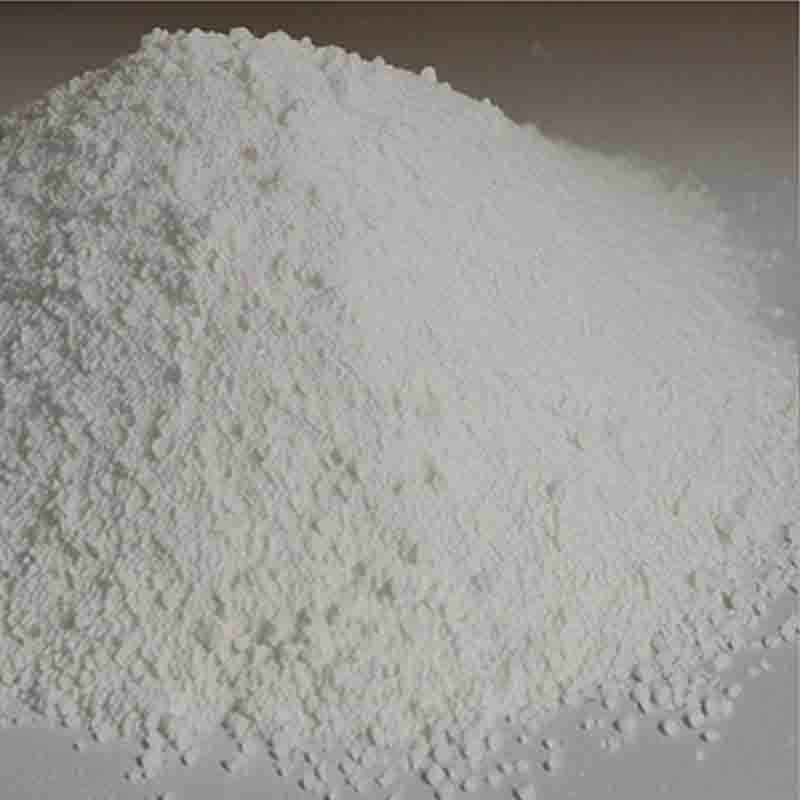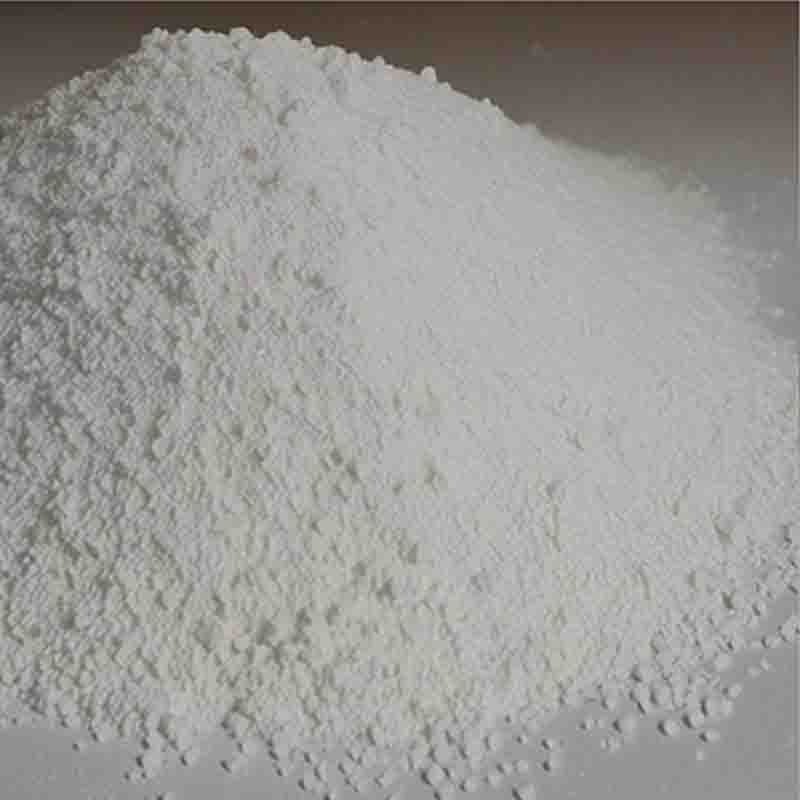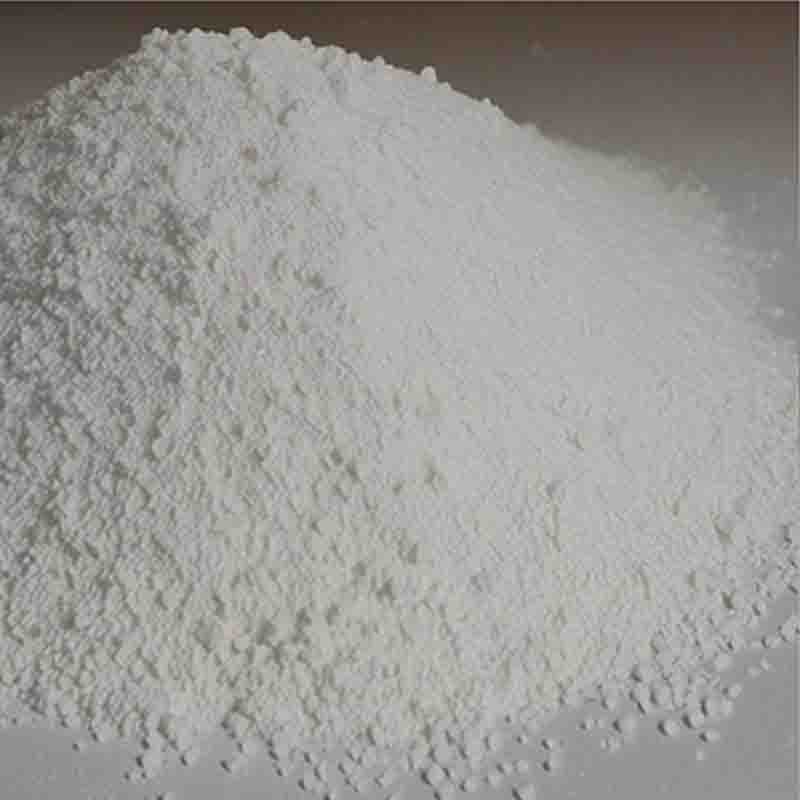2-Methoxyphenylaceticacid CAS:93-25-4
| Catalog Number | XD95376 |
| Product Name | 2-Methoxyphenylaceticacid |
| CAS | 93-25-4 |
| Molecular Formula | C9H10O3 |
| Molecular Weight | 166.17 |
| Storage Details | Ambient |
Product Specification
| Appearance | White powder |
| Assay | 99% min |
2-Methoxyphenylacetic acid (MPA) is a chemical compound that has been widely studied for its various effects and potential benefits. In this 300-word essay, we will explore the effects of 2-Methoxyphenylacetic acid.One of the well-known effects of MPA is its anti-inflammatory properties. Inflammation is a natural immune response triggered by the body to protect against injury or infection. However, chronic inflammation can lead to various health issues, including autoimmune diseases, cardiovascular diseases, and neurodegenerative disorders. Several studies have indicated that MPA has the ability to inhibit inflammatory mediators, such as cytokines and prostaglandins, thereby reducing inflammation and potentially alleviating associated symptoms.Another effect of 2-Methoxyphenylacetic acid is its potential as an antioxidant. Antioxidants help protect the body against oxidative stress, which occurs when there is an imbalance between the production of reactive oxygen species (ROS) and the body's ability to neutralize them. ROS are highly reactive molecules that can damage cells and contribute to the development of various diseases, including cancer, cardiovascular diseases, and neurodegenerative disorders. Research suggests that MPA can scavenge free radicals, neutralize oxidative stress, and protect against cellular damage.Furthermore, MPA has been studied for its potential neuroprotective effects. Neurodegenerative diseases, such as Alzheimer's and Parkinson's, are characterized by an excessive accumulation of protein aggregates and the progressive loss of neurons. Some studies have indicated that MPA can inhibit the aggregation of proteins associated with these diseases, potentially mitigating their progression. Additionally, MPA has shown promising results in animal models of neurodegenerative diseases, improving cognitive function and reducing neuroinflammation.Other potential effects of 2-Methoxyphenylacetic acid include antimicrobial properties and anti-cancer activity. Studies have reported that MPA exhibits antibacterial effects against various strains, including drug-resistant bacteria. Additionally, MPA has been shown to inhibit the growth of cancer cells and induce apoptosis (cell death) in certain cancer cell lines.In conclusion, 2-Methoxyphenylacetic acid (MPA) has demonstrated various effects and potential benefits, including anti-inflammatory, antioxidant, neuroprotective, antimicrobial, and anti-cancer properties. Although these findings are promising, further research is necessary to fully understand the mechanisms of action and explore the potential clinical applications of MPA. It is important to note that MPA should always be used under the guidance of a healthcare professional, and any potential uses or dosage recommendations should be discussed with them.









![(alphar,gammas)-gamma-[(3-Carboxy-1-oxopropyl)amino]-alpha-methyl-[1,1'-biphenyl]-4-pentanoicacid4-ethylestercalciumsalt(2:1) CAS:1369773-39-6](https://cdn.globalso.com/xdbiochems/白色粉末21413.jpg)